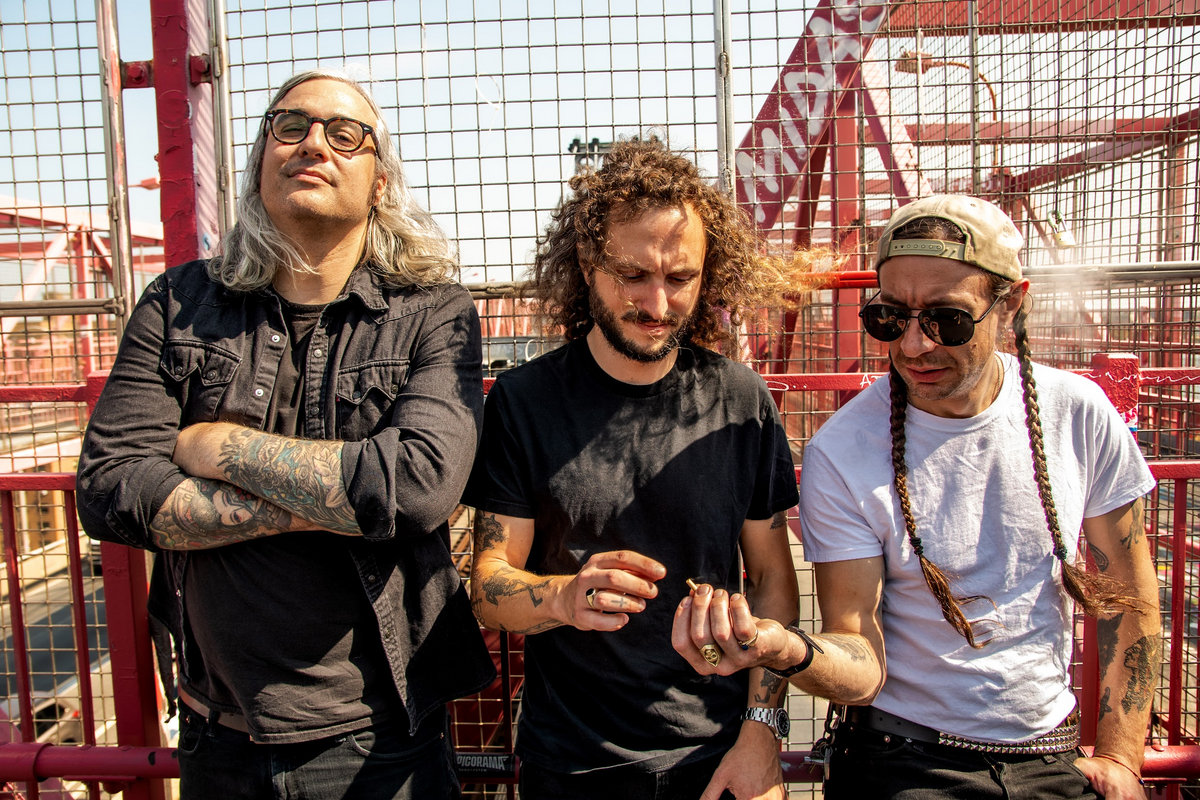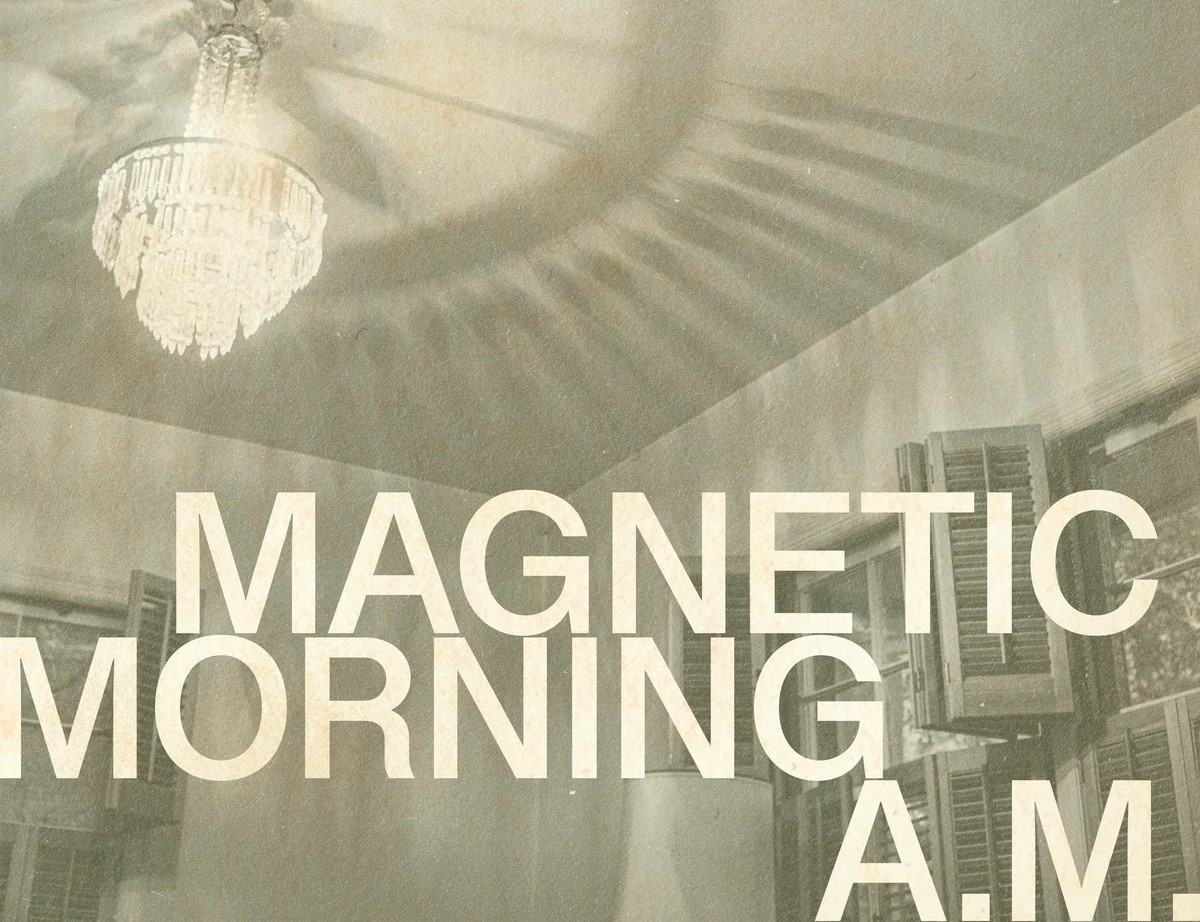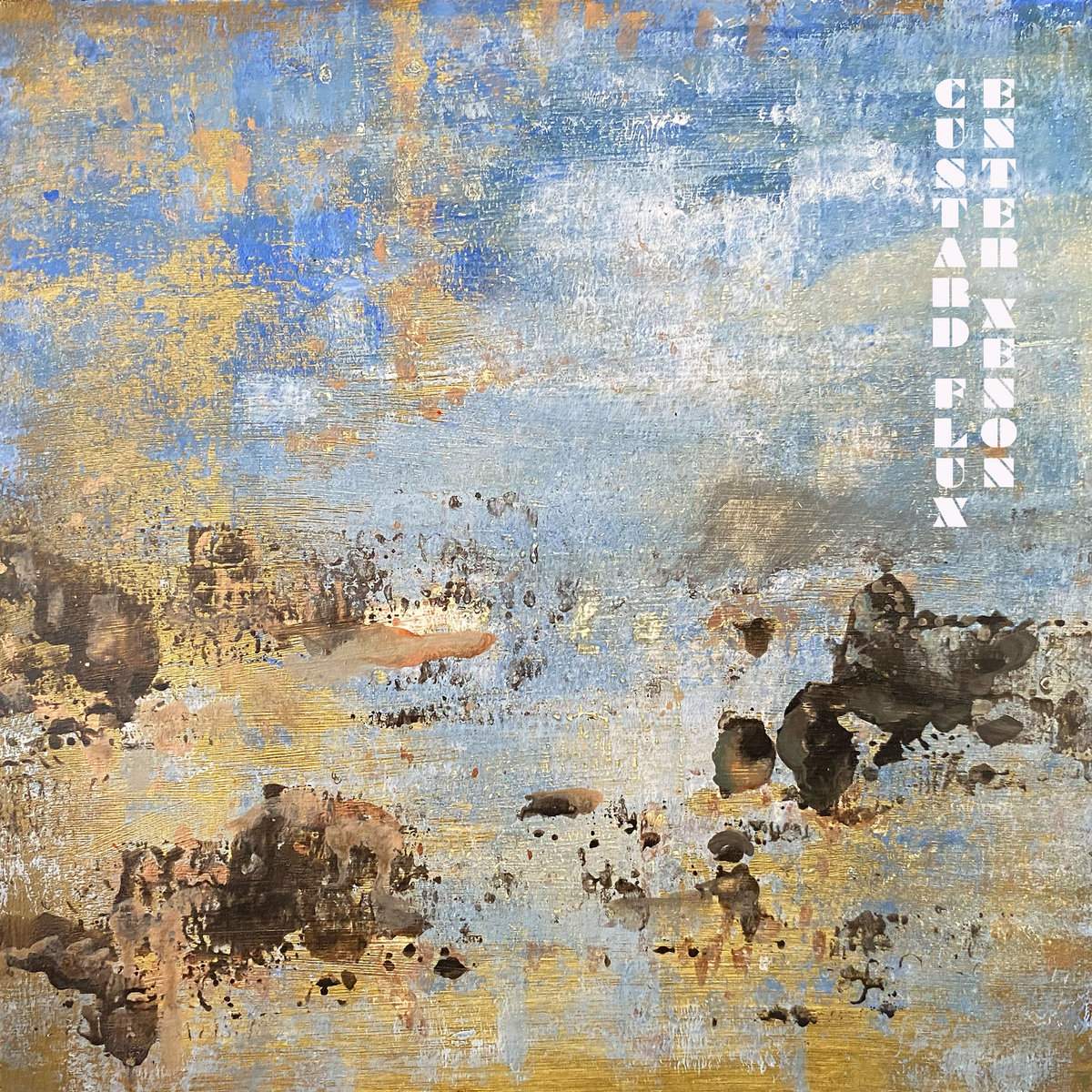Kayak interview
Kayak are a Dutch symphonic rock band founded in 1972. Project was launched by EMI and manager Frits Hirschland as a new supergroup, although the individual members were hardly 20 years old.
Interview with Ton Scherpenzeel (keyboards, bass guitar).
Can you elaborate the formation of Kayak?
Ton Scherpenzeel: It took several years. Pim and I had been working together in other bands such as Balderdash and High Tide Formation since we were 14 or 15 years old. We lived in the same neighborhood, went to the same school and then to the Hilversum Music Academy, where Pim studied classical percussion and I studied classical double bass. That’s where singer Max Werner was also a student, he did classical percussion like Pim. In our free time we sat behind the piano in empty classrooms and sang and played songs we liked. Pim and I liked Max’s voice and from there we got the idea to form a real band.
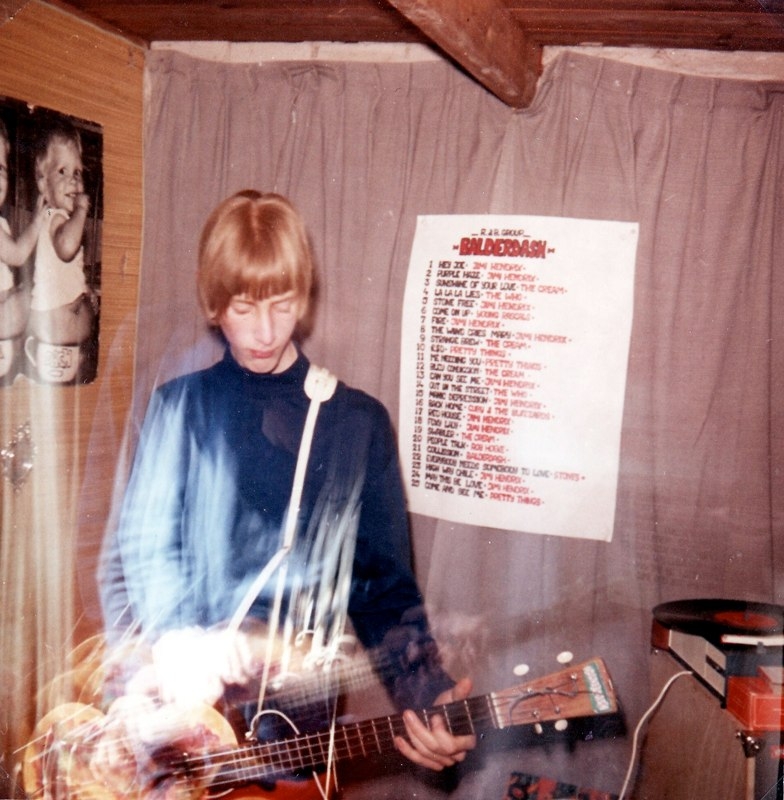
Slowly but surely things were getting more serious, and we started writing our own songs that we wanted to play. By the time we were 19 or 20, we had the first line up of what would become Kayak later on, and we got a record deal with EMI based on demo’s we had made for Phonogram. Isn’t that funny, 4 years later we changed from EMI to Phonogram.
“EMI immediately launched us as a ‘supergroup’”

EMI immediately launched us as a ‘supergroup’ but that was really nonsense. We had ideas and talent, but hardly any experience as a band and professional musicians. So it was difficult to live up to that expectation.
Kayak formed from bands like Balderdash and High Tide Formation. High Tide Formation released “Fluffy” single in 1970.
It was the record where Pim and I were on together. I wrote the b-side “White Walls”, you can hear a bit early Kayak in that song. The a-side is an instrumental written by Chiel van Praag, who was basically leading the band then. We got the chance to record a single, because of Chiel’s connection with a record company and his father’s chain of record stores in Holland.
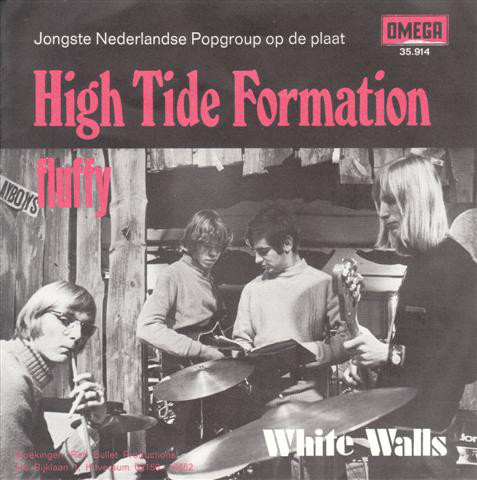
It wasn’t fantastic, and not at all the kind of music we wanted to play. The single did not make the charts, but for us it was an important step to find out what we wanted and become professional musicians.
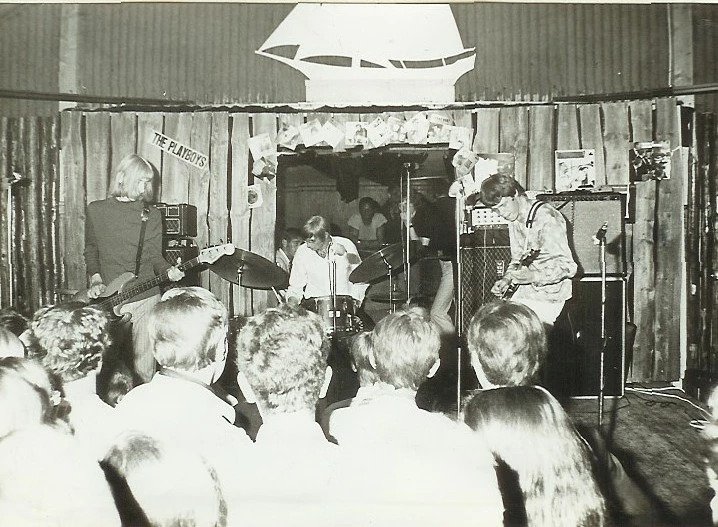
“Kayak is a boat that never sinks.”
How did you decide to use the name ‘Kayak’?
We had a long list of possible names and could not decide. After we made our first recordings for EMI, they said, hey, we really need a name now. Kayak was one of the names we had on the list, and our producer Gerrit Jan Leenders provisorily wrote that name to label the recordings, until we would find something definite. But the name stayed with us, we got used to it, so to speak. The company made a logo that we still use nowadays. There is no real hidden meaning in the name. It sounds good and looks good, and it is a palindrome, like ABBA is. Only we had it before them. In hindsight you could say that a kayak is a boat that never sinks. It always rises back to the surface, even when on top under the water. Until now that has proven to be the case with us, so the band has developed to fit with the name. But it’s just a name, nothing more.
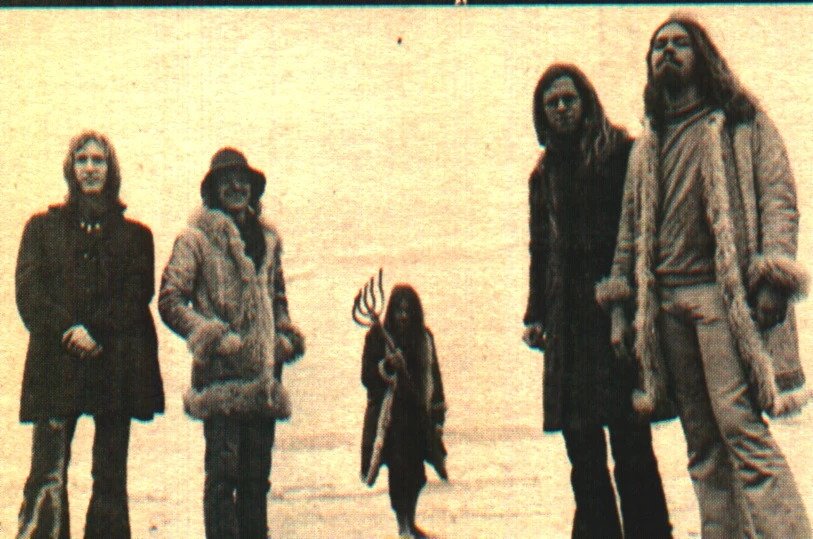
How did it all come together for See See the Sun? What’s the story behind your debut album? Where did you record it? What kind of equipment did you use and who was the producer? How many hours did you spend in the studio?
We recorded the album over a period of many months. We started with tracks like “Lyrics” and “Mammoth”, that were singles first. Then after some more sessions, we had enough material to finish the album.
“The mixing was mostly done by Alan Parsons in the famous EMI Abbey Road Studios in London.”
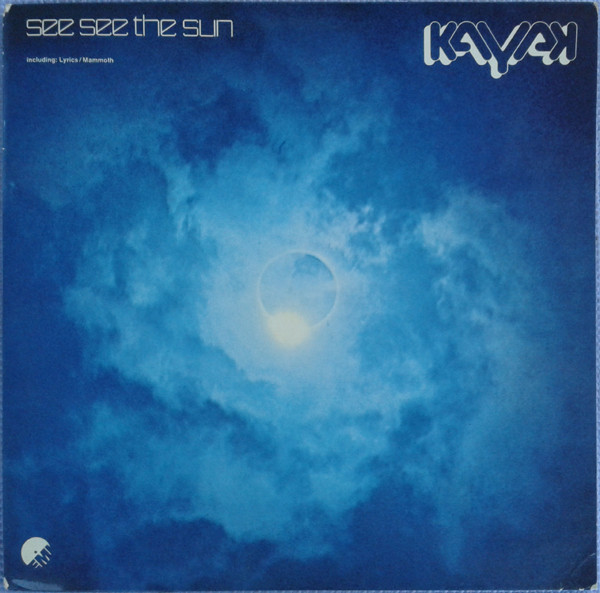
We recorded SSTS in the studios of EMI, Heemstede, Holland. The mixing was mostly done by Alan Parsons in the famous EMI Abbey Road Studios in London. He was a young upcoming engineer/producer then. We had three days to mix the whole album, which is not a lot of time.
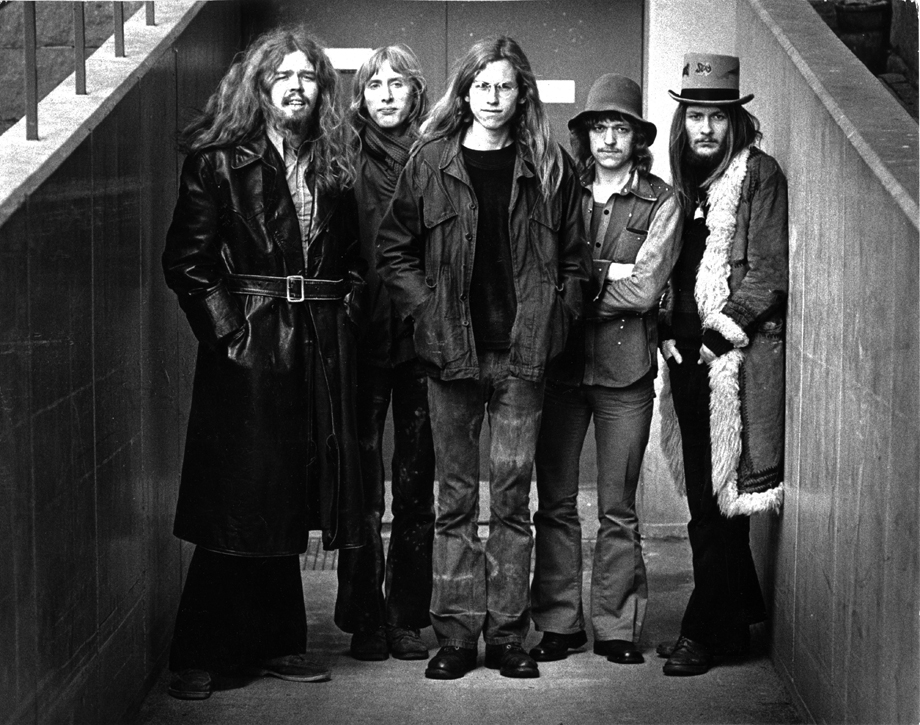
I am not sure about the equipment. It was 24 tracks, that I know. The producer was Gerrit Jan Leenders, he was a full time producer for EMI. It was in the days that record companies still had their own producers on the payroll. We did not get the choice, they just said: we want you and this is your producer. But it went very well, he had nice ideas and brought good vibes into the sessions. He did the next two albums as well, and then later on in 1981 we asked him for Merlin.

As I said, it took a period of many months to do all the recordings for SSTS, it was not one long session. One week we would do a couple of songs, then a month later a set of new songs, and so on until we had enough material for the album.
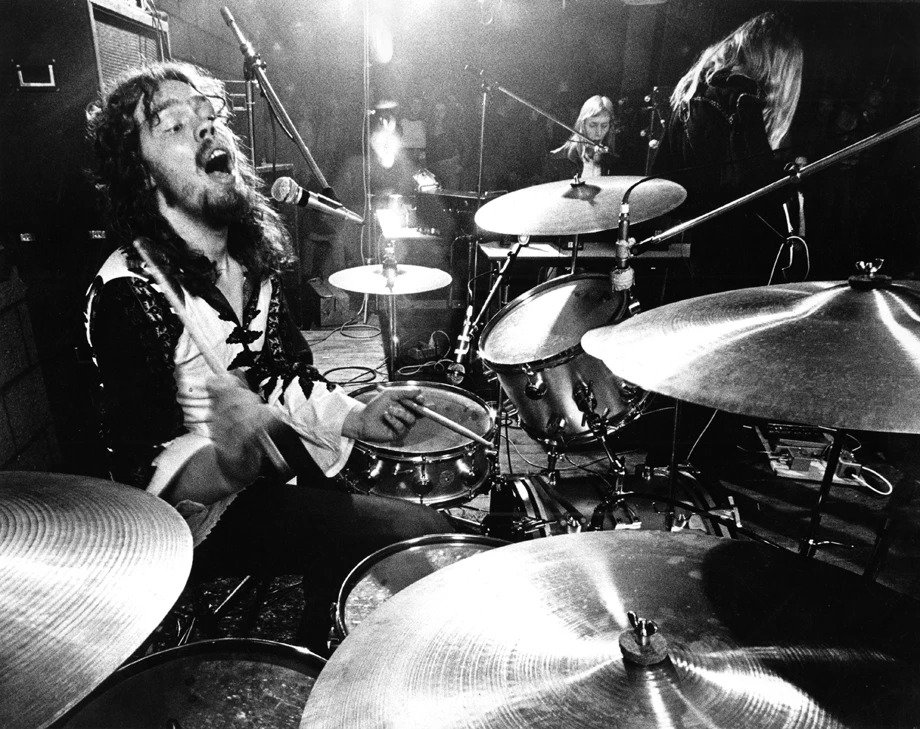
You were ahead of your time and had a pretty unique sound that mixed prog with pop music. What influenced the band’s sound?
We had lots of influences then. Of course, Yes, as musicians. But also the Beatles, they were very important for us as songwriters. Many more. Beach Boys, Zappa. We were always interested in mixing compact pop songs with longer pieces. We experimented a lot with structures and instruments. We used a barrel organ for “Mammoth” – it had to stand outside on the street while recording because it did not fit in the studio. It was all very exciting in those days, discovering all those possibilities in the studio.
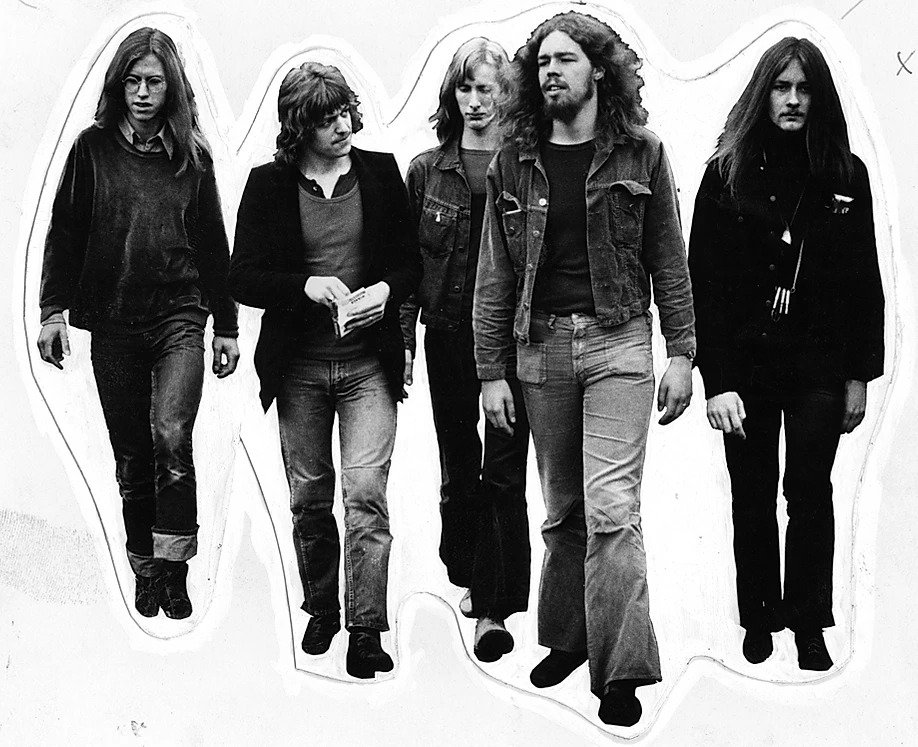
Also because we did not feel any pressure from the record company to make hits, yet. In due time we found our own sound, but the basics were still really compact songs in combination with longer instrumental themes that would go everywhere. Then the company wanted more hits to support the albums, but that wasn’t our strong point. Sometimes our singles made the top-30 like “Lyrics”, “Wintertime” and “Mammoth”. But it became more difficult as the record company felt we didn’t sell enough.
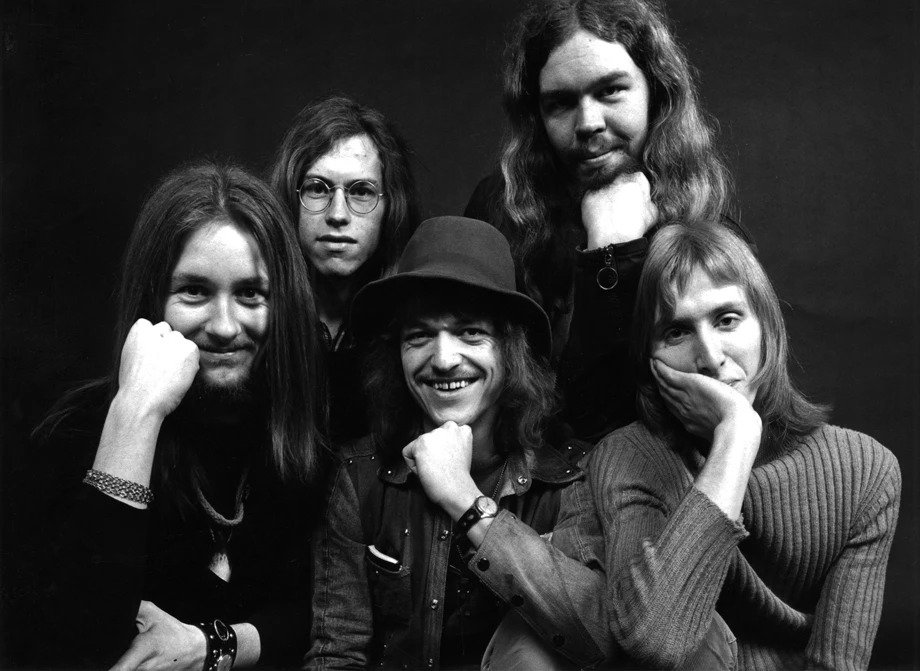
Did the band tour to support the LP?
We toured constantly, mainly in Holland of course. LP or not LP, we played.
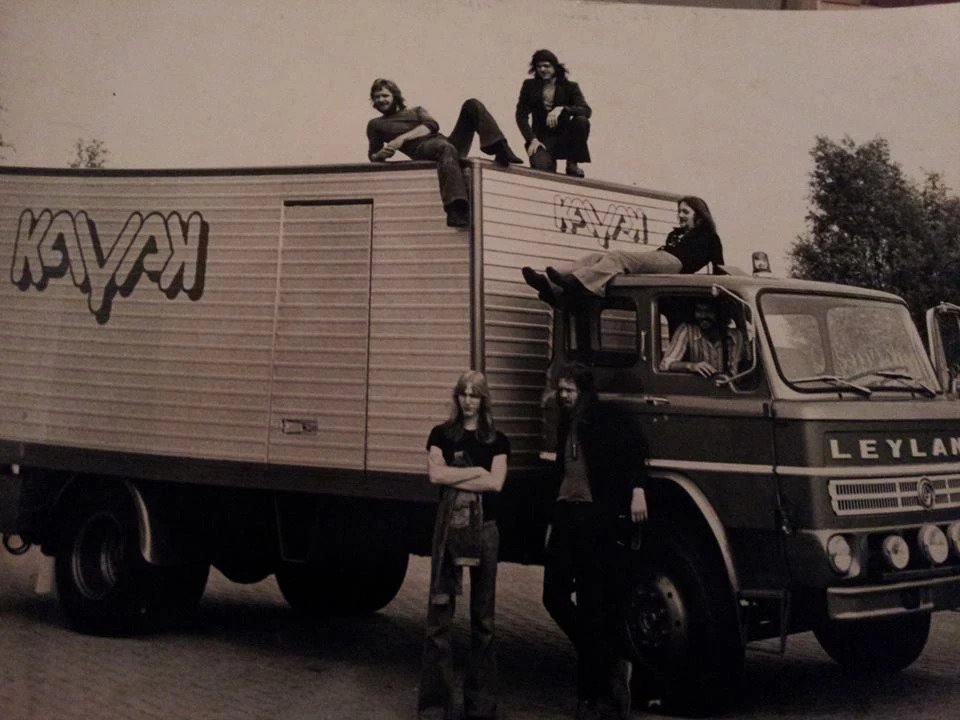
You released a lot of albums and changed EMI for Vertigo. In what ways do you think your sound changed?
Our sound changes had nothing to do with record companies. Throughout the years we developed musically, and changed vocalists and musicians. That caused our sound to change. We did not plan that, either. We just followed our gut feeling, wrote as good as we could.
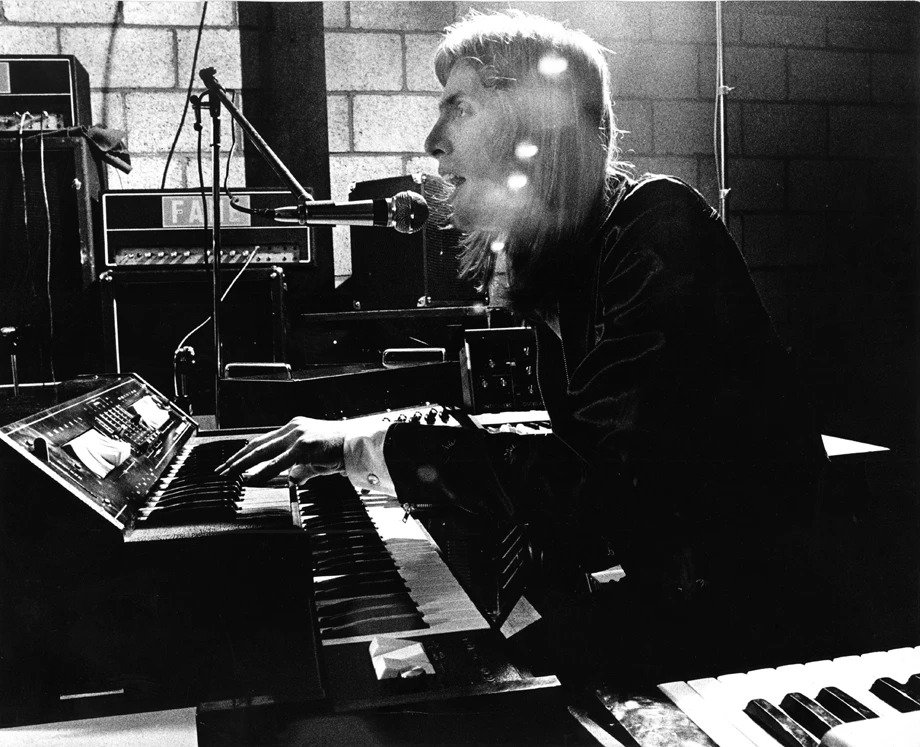
The band members changed often, and sometimes we were lucky with a good selling record. In the USA we had a minor success with “Want You To Be Mine” that reached the top-50. We made a big hit in Holland in 1979 with “Ruthless Queen”, to our own surprise. And rescue, I might add. The album went to number one, reaching platina. If we had not scored then, Phonogram might perhaps not have wanted another album.
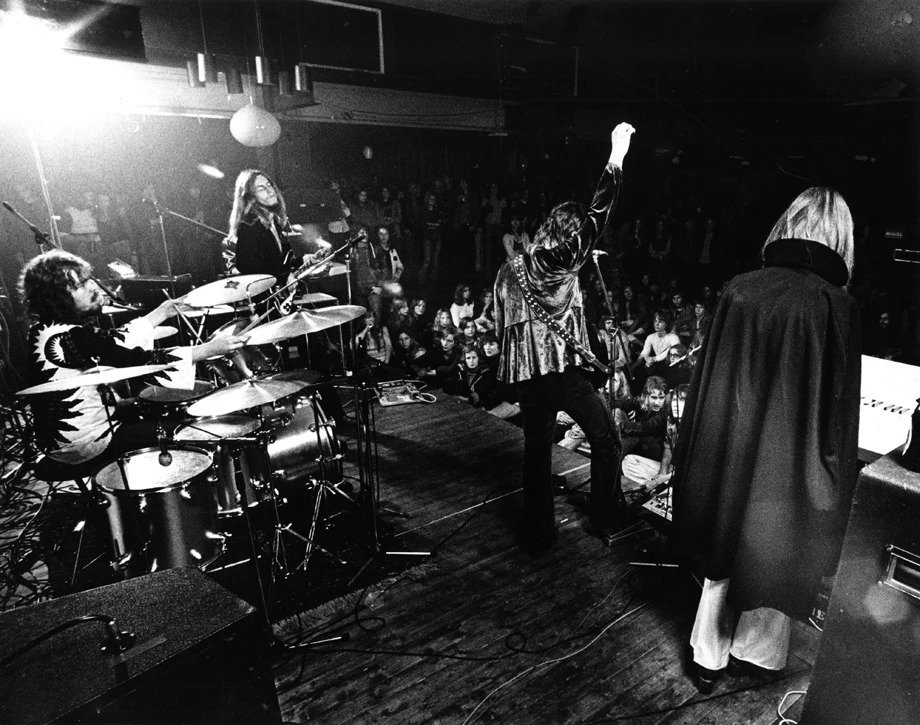
In the last few years you’ve been quite active and you released several albums. Would you like to share a few words about them?
I have always been active, with or without Kayak. From 1981 till 1999 there was no Kayak but I wrote a lot of music for theatre. The band has done 17 studio albums till now. We are lucky to still be able to make new ones, and play live. It is amazing that a couple of years ago we even found a record company like InsideOut Music that offered us a contract. After so many years of not even having a record deal! Every year I consider to be a present from the gods. You don’t know how long it will last. We still try to develop, and we have to: we are not and have never been a golden oldies band that could tour the world with their old hits. We would not want that, either. We depend on new material, together with lots of standard songs we always do like “Ruthless Queen”, “Starlight Dancer” and “Chance for a Lifetime”.
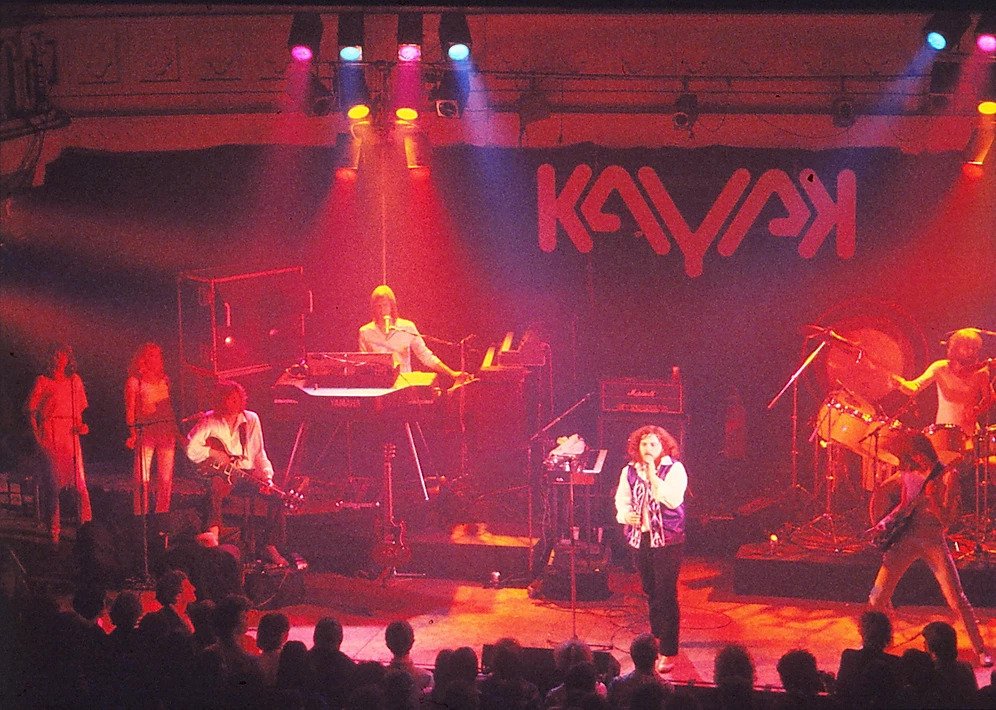
Looking back, what was the highlight of your time in the band? Which songs are you most proud of? Where and when was your most memorable gig?
The commercial highlight was perhaps the most successful period with a number one album in 1979. But it was also a difficult time with many personal issues in the band. I am proud of our three rock opera’s Merlin, Nostradamus and Cleopatra, but also of many songs that may not be that popular or well known, even amongst fans. But I always try to do better and maintain a certain quality. If that is lost, we better stop.
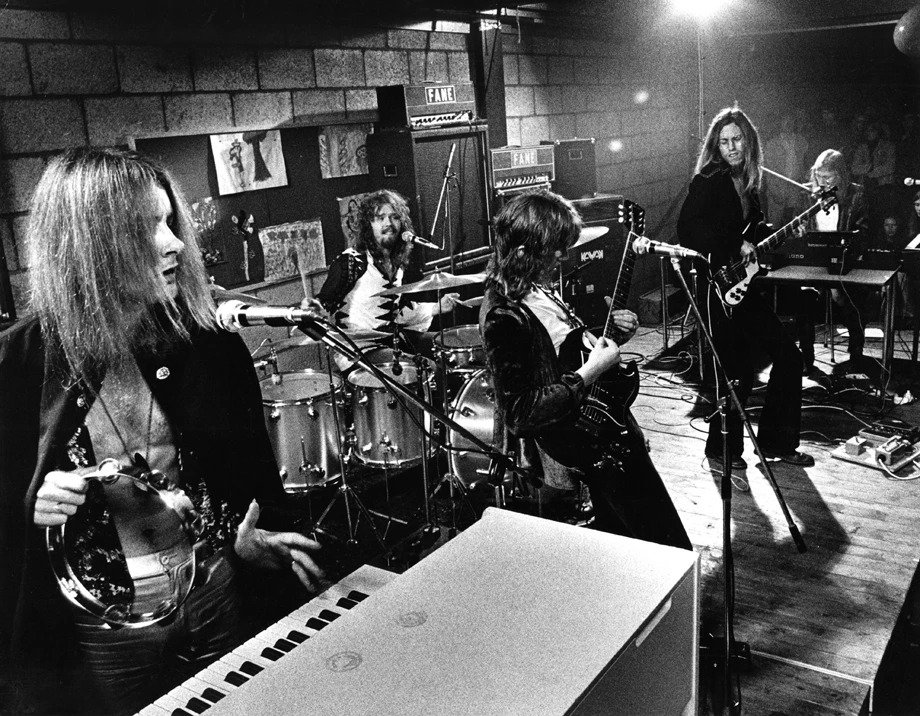
We did so many gigs, I can’t remember. I will try. One special was a live concert with orchestra in 2003 where we did the whole Merlin- Bard of the Unseen rock opera for 5000 people in an especially built arena. We played with Queen in 1974, in Den Haag. And the Tribute Concert for our drummer Pim Koopman in 2010 Paradiso, Amsterdam. He had died the year before. That was a very sad occasion, one I will never forget.
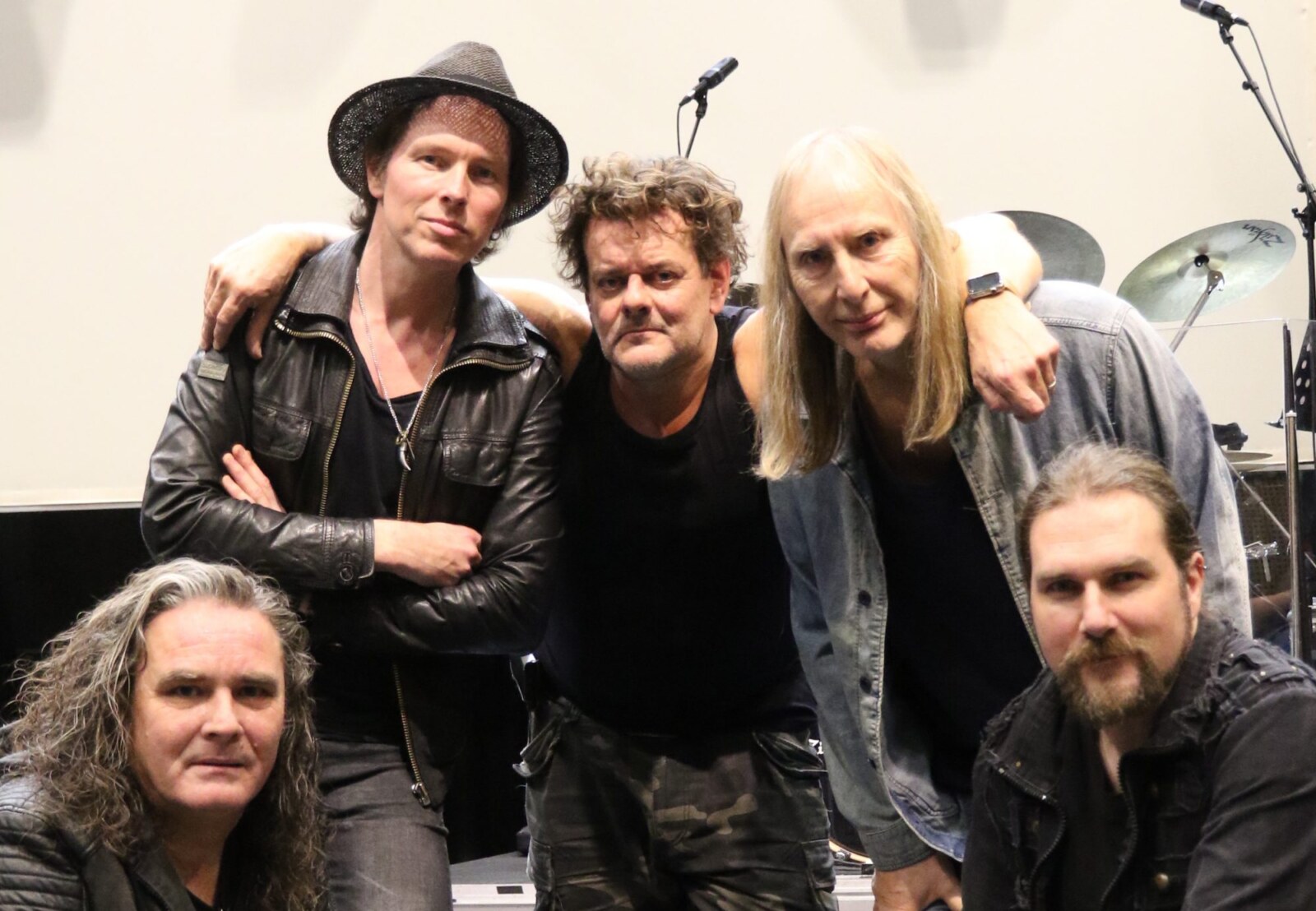
Thank you for taking your time. Last word is yours.
Thank you. It has been my pleasure.
– Klemen Breznikar
Kayak Official Website
Ton Scherpenzeel Official Website

